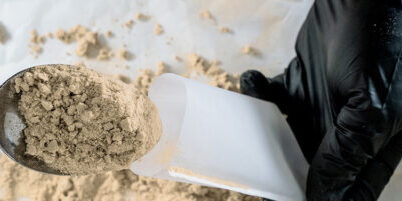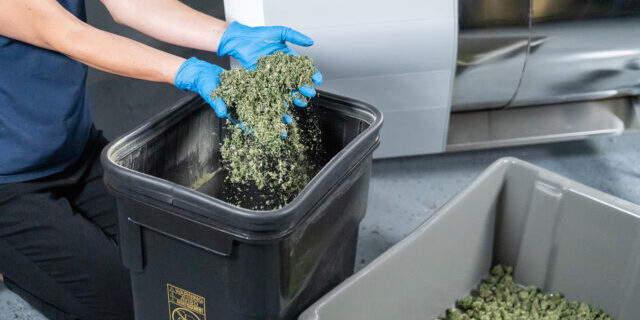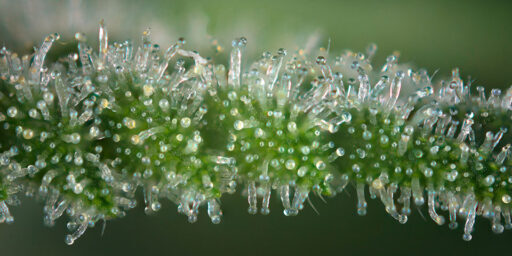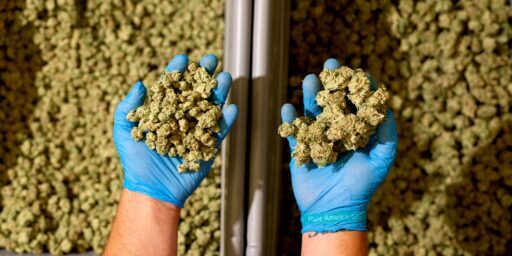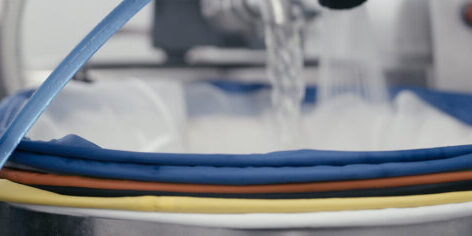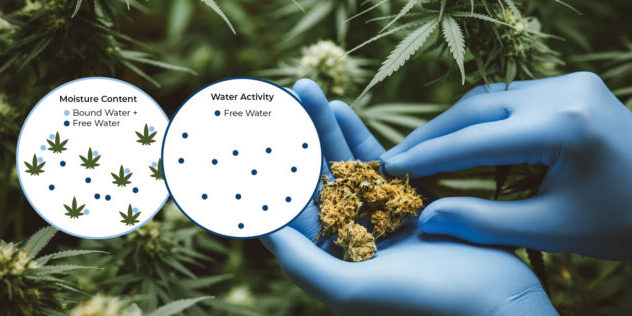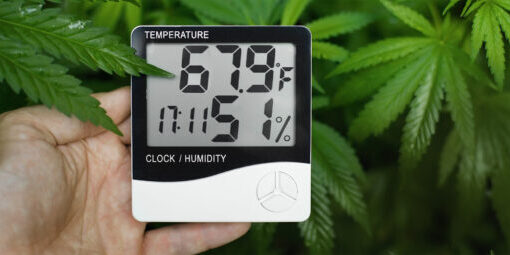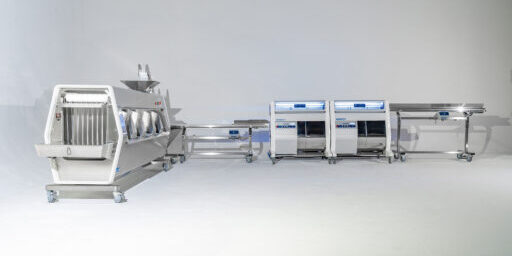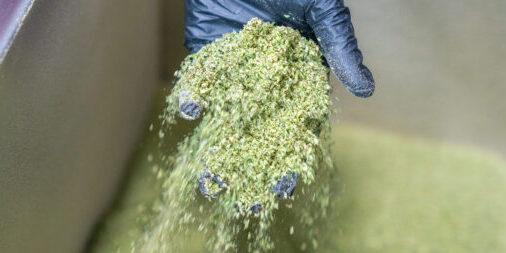Cannabis Harvesting: Wet vs. Dry Trimming
The wet trimming vs. dry trimming debate has been going on since trimming first appeared in the cannabis world. Professionals have dug in on one side of the wet trim vs. dry trim discussion, defending their position with surprising intensity and rationale.
The Mobius M108S was designed to fit in both wet and dry trimming workflows, with no additional parts necessary. We provide trimming machines that allow a cannabis grower to do either. So in the case of this discussion, we can take an entirely neutral position; whatever works best for your workflow and product goals is what works for us.
With our depth of cannabis trimming experience gained in facilities big and small around the world, we thought it could be helpful to explore the pros and cons of trimming dry or wet. We’ve broken them down so you can decide what’s best for your operations.
WET TRIMMING CANNABIS
The wet-trimming process for cannabis buds follows these main steps:
- Take down: Chop your marijuana plant.
- Buck: Remove the cannabis buds from the stalks and stems. Learn more about bucking.
- Trim: Whether you’re hand-trimming with scissors or using a trimming machine, trim the excess leaves from your wet bud.
- Dry: Now you take your trimmed marijuana buds and lay them out to dry.
It’s exactly what it sounds like; the cannabis flower is trimmed immediately after being cut from the live plants. Here are some wet trimming benefits:
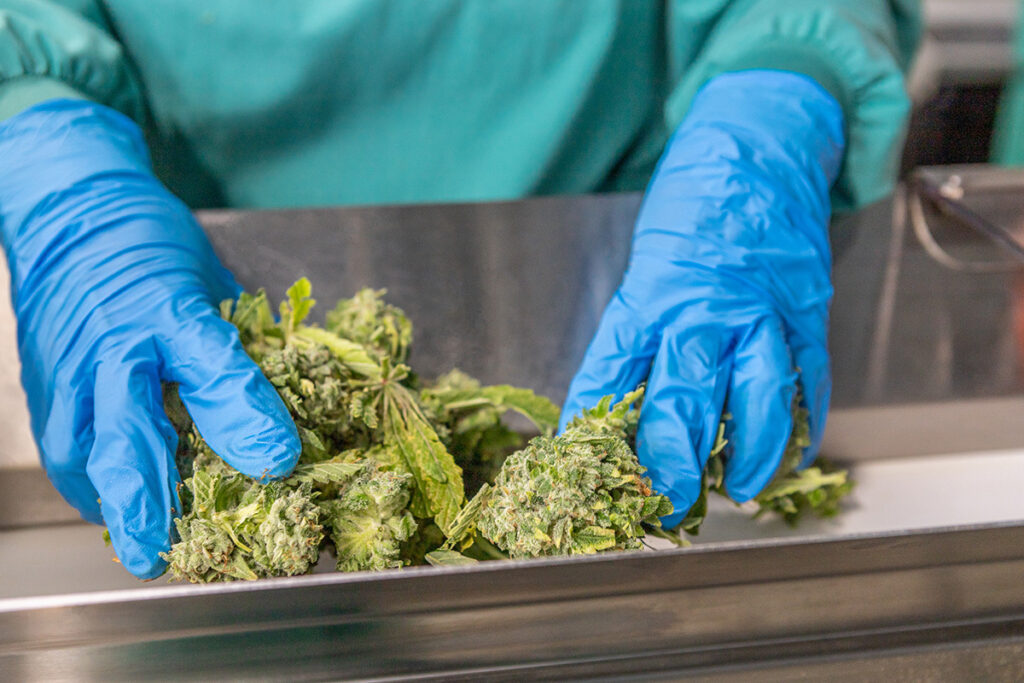
- You can get a tighter trim because the leaves on the flowers haven’t curled inward, which often happens when they are dried first. Companies using their yield to create extracts and concentrates will often benefit from a tighter trim.
- Wet trimming causes less breakage to the trichomes because they aren’t as brittle and delicate as they are after being dried.
- The bulk of the “waste” material can be disposed of right away, minimizing the amount of space taken up in a compact facility.
Some things to consider during wet trimming:
- You need a larger processing capacity for wet trimming because the flower and excess leaves need to be trimmed immediately upon harvest. The longer it sits before trimming, the higher the likelihood it will begin to mold, break down, or wilt (making it harder to trim), and you’ll need to spend more time monitoring your harvest’s condition.
- You may need to hire additional staff members (if hand trimming) or invest in more advanced trimming machines. Automated trimmers are much more efficient than hand trimming, allowing you to realize an annual cost savings of up to 90%.
- Because you are working against the clock, there is little room for error and little room for problems or holdups in the harvest.
Best Practices for Wet Trimming
While there’s no one-size-fits-all method for successful wet trimming, there are steps cultivators can follow to improve their chances of success, such as:
- Prioritize speed: Wet trimming is a speedier method of trimming than dry trimming, but it’s important to ensure your teams are as efficient as possible to prevent the risk of mold and wilting. Staff your trimming line with well-trained employees to preserve speed.
- Use the right accessories: Immediately after wet trimming, buds should be placed on drying racks in a cool, dark, and dry location with excellent airflow. Both light and heat can oxidize the resin in trichomes, and anything above 30% humidity could lead to mold and mildew issues.
- Rotate the flower regularly: During the drying period, after wet trimming, rotate the buds periodically (at least once per week), and inspect them for any signs of damage. Remember, 10-15% of a yield can be lost due to deterioration or mold.
- Store dried buds correctly: After wet trimming and drying your buds, they must be properly stored to cure them and preserve freshness and potency. Store them in a cool and dark location where you can monitor the temperature and humidity.
DRY TRIMMING CANNABIS
While there are some variations, the dry-trimming process typically follows these steps:
- Take down: Chop your marijuana plant.
- Hang/Dry: Hang your full cannabis plants out to dry.
- Buck: Buck your cannabis buds from the stalks and stems.
- Trim: Remove the excess plant material from the buds using a machine trimmer or a skilled hand trimmer.
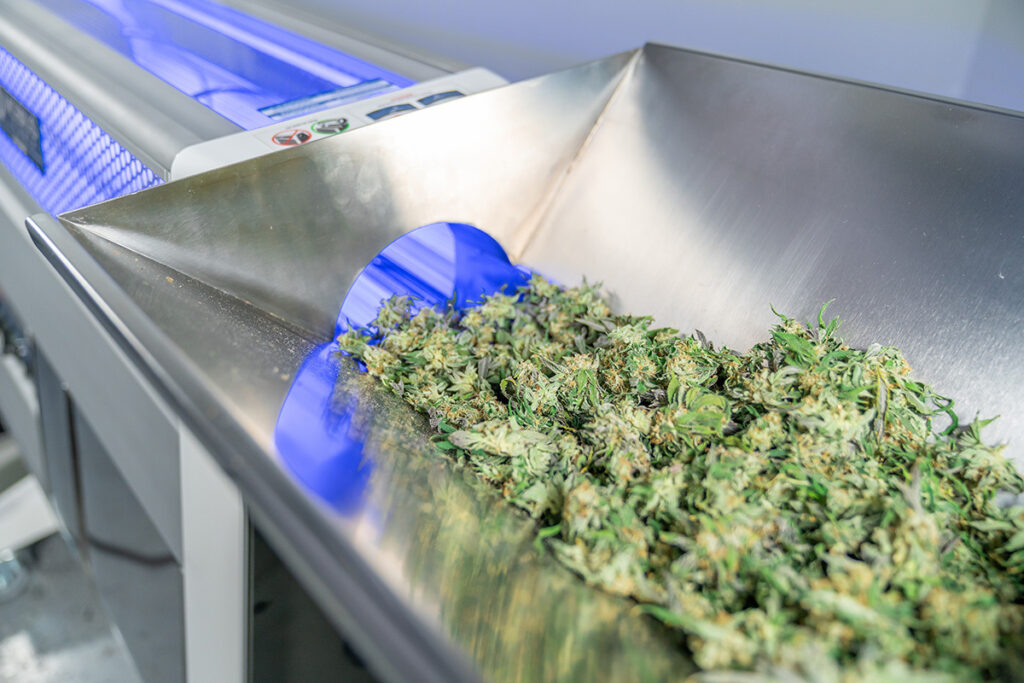
Here are some dry trimming benefits:
- The drying process is naturally faster and more efficient. This is crucial for companies who want to scale their cannabis production processes to take advantage of the growing $100 billion cannabis market.
- Equipment doesn’t get as dirty, so cleanup is easier and faster after a trim session. Due to the higher moisture levels in wet trimming processes, more residue builds up during trimming and sticks to the equipment surfaces more easily. This means the equipment might need to be cleaned more frequently as compared to dry trimming.
- If needed, you can spread the trimming process out, compared to the need to trim all at once when wet trimming. This gives you more time to focus on getting the best results from every trimming session.
- Because trimming can be spread out over a longer duration, a lower processing capacity is needed, which means lower equipment costs. You can take your time and potentially invest in fewer employees to handle the trimming process after each harvest.
- Some cultivators believe that a slower drying process improves the potency and flavor of the product. This is crucial when you consider that 37% of US consumers say that flavor is the most important consideration for them when choosing a cannabis product.
Some things to consider:
- You’ll need a lot more space to hang the product before trimming. (You’re storing entire branches/plants when drying, compared to just the flowers.)
- The product is more sensitive and fragile when dry. Dropping dried plant material into containers or moving the product around your facility can be damaging to the buds and their terpenes.
- Dry trimming can come with a higher risk of mold in humid climates. Mold tends to form near the stalk. If the buds remain on the stalk while drying and the humidity levels are too high, the risk of mold increases.
- Prior to hang-drying, large fan leaves are usually removed. This is an additional manual step that can’t be easily automated.
- It can be more difficult to trim dry cannabis plants because dry sugar and fan leaves curl up and attach themselves to the bud. This can make it harder to obtain a tight trim.
Best Practices for Dry Trimming
- Invest in the right equipment: Just as with wet trimming, it’s crucial to ensure you have the correct equipment available for dry trimming. Since the leaves can curl up and become more difficult to remove, you will need a machine that can provide a tight but accurate trim.
- Ensure you have plenty of space: Dry trimming takes up a lot of space, as you need to dry the full plant before the trimming process begins. You’ll need to ensure you have room to carefully separate hanging lines and have space for drying racks.
- Control humidity: Depending on your climate, you’ll need to adjust humidity carefully throughout the drying process. The ideal drying room should have a humidity between 50% and 60%.
- Know when to trim: Dry trimming doesn’t necessarily mean leaving the plant to dry out completely. Buds should be around 90% dry before trimming. If they’re too dry, they can become crumbly, making it harder to preserve trichomes.
What to Consider When Choosing Your Method
There’s no perfect method for trimming cannabis. The right solution for you will depend on a number of factors, ranging from your available equipment to your expertise. Trimming style is often defined by the cultivator’s goals for their end product.
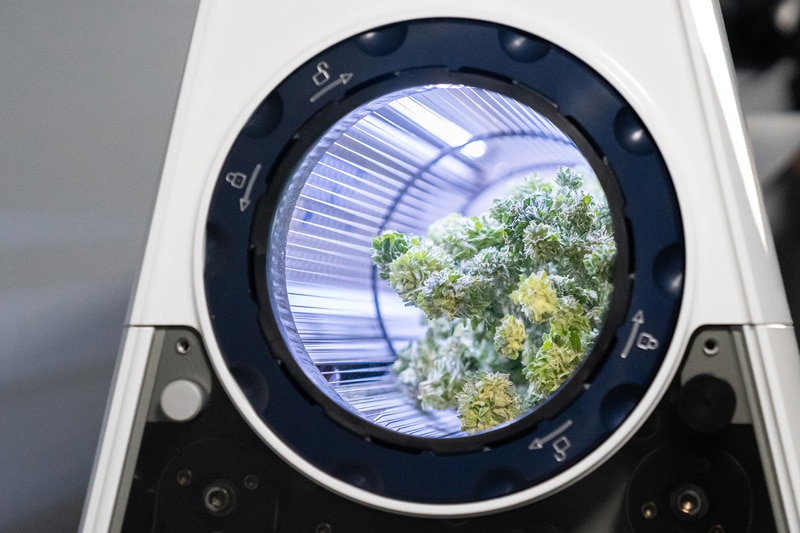
Some of the key points you’ll need to consider when choosing your method include:
Your Goals and Priorities
Both wet and dry trimming methods can support cultivators in achieving specific goals. For instance, if you want to ensure a highly accurate and tight trim, then wet trimming can be an excellent choice, as it’s less likely that leaves will curl up and stick to the bud.
However, dry trimming could also be an excellent option if you’re focused on flavor. Dry-trimmed cannabis can produce a smoother, more pleasant smoking experience, as the longer buds take to dry, the more chlorophyll they lose. Less chlorophyll can contribute to better flavors.
Cannabis Strain and Characteristics
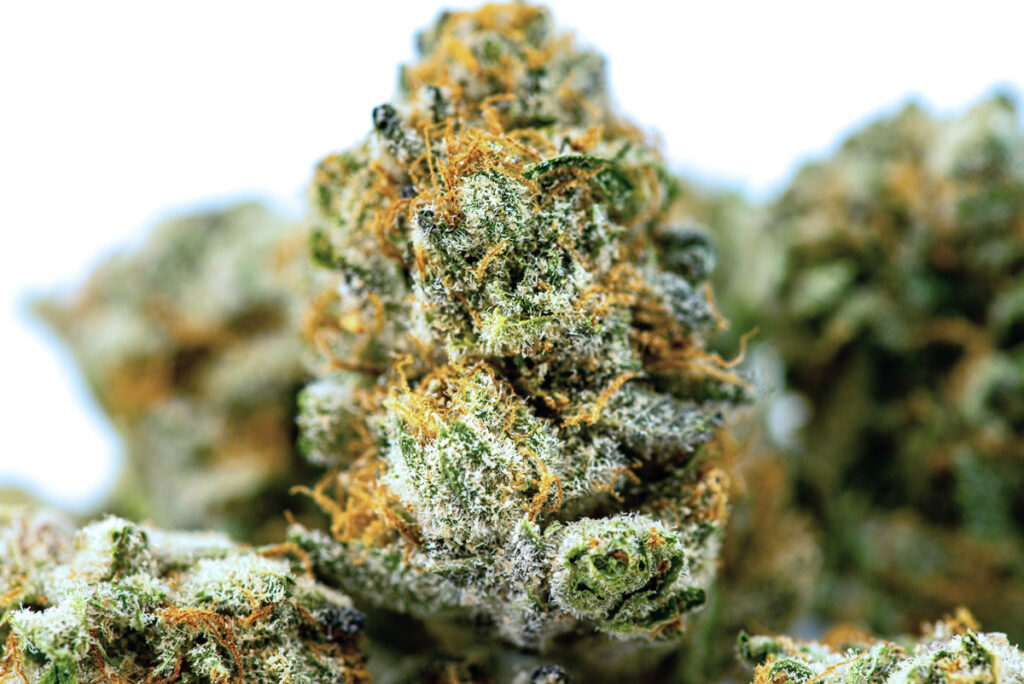
Certain cannabis strains might be better suited for one trimming method than the other. The cultivar chosen, as well as the methodology used for growing the plant, can make a huge difference to your trimming results. For instance, strains with a larger amount of foliage may take more time to dry, leading to a more complex and time-consuming dry-trimming process.
Cultivars with denser buds may also suffer from a higher risk of mold and mildew when cultivators use the dry trimming method. With strains that have dense buds, it may be best to wet trim and dry the buds afterward.
Certain strains are also easier to trim tightly than others. Indica strains often trim better than Sativas. Cultivars from colder growing regions are more likely to keep their buds tucked up tight, which can make them much harder to trim using dry methods.
Environmental Conditions
If you’re unsure whether a wet or dry trim is best suited to your needs, it’s worth considering your climate. With dry trimming, it’s important to carefully control the climate and humidity to minimize the risk of mold or damage to the trichomes.
Cultivators operating in a particularly humid or warm environment may struggle to dry trim large harvests without losing some of their yield to damage. However, in a very dry climate, dry trimming can become a lot easier.
In humid climates, wet trimming may allow for the quicker removal of moisture-holding leaves and foliage, protecting more of your yield.
Resources Required
Whether wet trimming or dry trimming, you’ll need to have the staff and resources to do it.
If your workflow incorporates hand trimming, both wet and dry require considerable staff members to handle the work. Dry hand-trimming requires skilled teams who can work with precision, while hand-trimming wet may need a larger team who can work quickly before the plants start to deteriorate.
Using trimming machines can help substantially reduce the labor resources needed for trimming, whether you choose to trim wet or dry.
In addition to having enough labor or machines to trim, you’ll need space to dry your plant material, no matter if you dry or wet trim. Additionally, you’ll need to be able to control and monitor the temperature and humidity of that space.
If space is a concern, you may want to consider wet trimming, as you’ll only need to have room for racks of the trimmed buds. For dry trimming, you’ll need to account for hanging whole plants or large branches.
Desired Product
The product you want to create will also have an impact on your decision whether to use wet or dry trimming. For instance, many cultivators believe dry trimming is ideal for creating products for smoking. The removal of extra chlorophyll during the slow drying process can improve the flavor of the product and lead to a smoother smoking experience.
Alternatively, if you’re using your flowers to create extracts, a tighter trim is preferred. You’ll need to ensure you get a highly accurate trim to improve the quality of your finished product. This can be harder to achieve with a dry trimming process. A wet trim can give you more precision and accuracy.
Wet trimming can also help to keep trichomes locked in place while you’re cleaning your flowers, which can lead to greater potency. This is crucial in the extract market, where most consumers are searching for highly potent products.
Tips for Success When Wet or Dry Trimming
Ultimately, though the best practices you follow will vary depending on whether you’re using a wet or dry trimming method, there are some important tips you’ll need to consider in both instances. Whether you choose wet or dry trimming, always make sure that:
You Have the Proper Tools and Equipment
Both wet and dry trimming require access to the right tools to ensure an accurate trim and an excellent finished product. If you’re using a hand-trimming method, you’ll need scissors and snips that can provide a tight trim. If you’re scaling your operations with automated trimming machines, it’s worth remembering that not all solutions support both wet and dry trimming.
Fortunately, Mobius Trimmers are suitable for both wet and dry trimming, so you can use your machine however you choose. Plus, you have the freedom to move between wet and dry trimming strategies depending on your goals and cultivar characteristics.
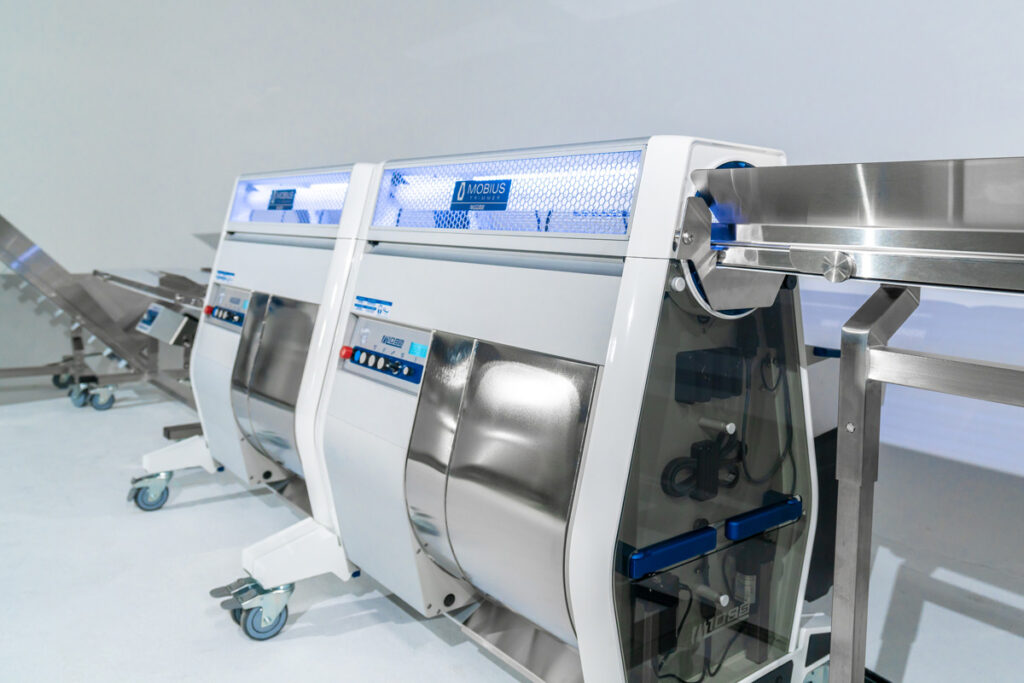
Alongside the right trimming machines, you’ll also need suitable drying racks or drying lines, proper clothing to protect yourself from sticky residue, and temperature control solutions such as dehumidifiers and thermostats to manage the atmosphere in your trim and drying rooms.
Your Workspace is Set up for Success
Both wet and dry trimming require an environment that offers plenty of space and exceptional temperature and humidity control. You’ll need to ensure your environment has good airflow and isn’t overly cramped, even if you’re using the wet trimming method (which takes up less space).
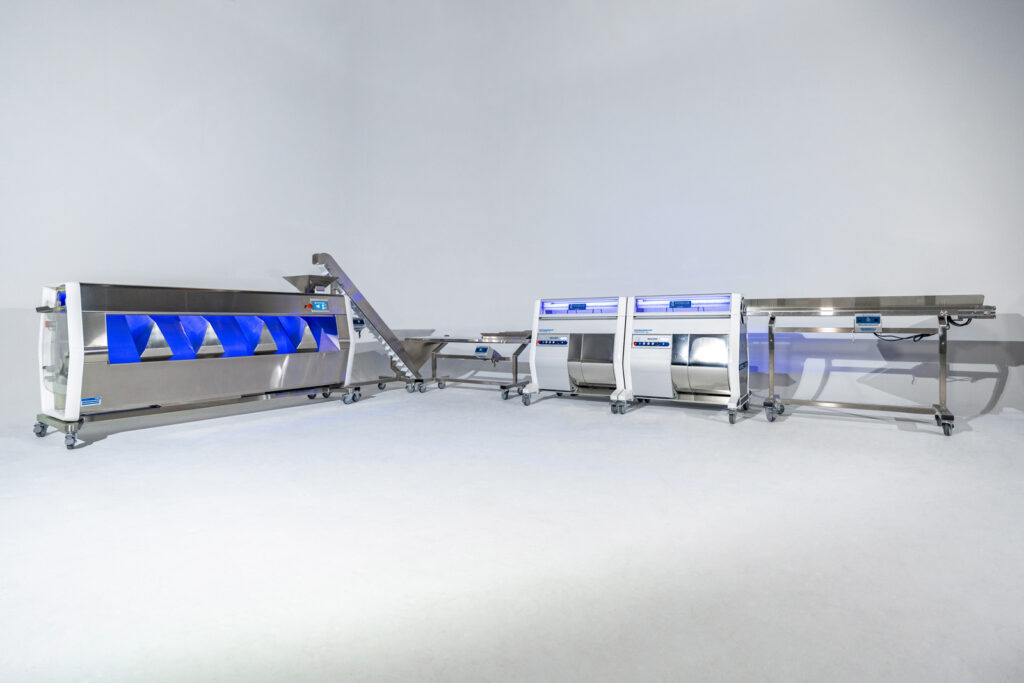
Crucially, to adhere to standards like GMP (Good Manufacturing Practices), you’ll also need to ensure that your space is clean and hygienic. Using machinery made with food-grade materials will help to reduce your risk of cross-contamination. Implementing SOPs (Standard Operating Procedures) and cleaning policies will also prevent the degradation of products and the equipment used for processing those products.
Ensure workstations are set up to allow for a natural flow in the trimming process. You should have specific areas established for collecting buds, bucking, trimming, and packaging and storage.
You Use the Right Trimming Techniques and Methods
There are various methodologies growers and business leaders can use to improve the quality of their finished product. After trimming, curing helps enhance cannabinoid levels and extend the shelf life of your products. This will mean setting up a specific environment in a closed, humidity-controlled area where your plants can be cured.
You’ll also need to ensure you have a strategy in place for storing the buds after they’re trimmed and cured. Proper packaging and storage will not only ensure you remain compliant with GMP guidelines, but it will also help to protect your product from deterioration.
Comparing Wet vs Dry Trimming
Mobius stays completely neutral on which process creates a higher-quality product. We have seen premium flower produced by facilities that use dry trimming as well as those that use wet trimming as their preferred trimming process. Mobius equipment will perform exceptionally well for whatever method you choose.
Not sure what process is right for you? Let’s talk about it. Schedule a pressure-free meeting with a Mobius cannabis harvesting expert today.
